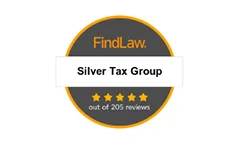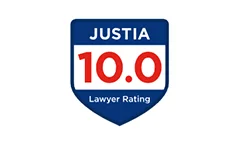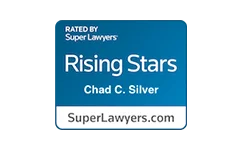Claiming A Business Loss On A Tax Return

Is your business losing more money than it’s bringing in?
Operating at a loss is not uncommon, especially for new businesses still figuring out the tax filing process. If your business experiences a loss, you can recover.
Did you know that you can claim a business loss on your tax return? You may even be able to carry that loss forward to lower your income for the next tax year!
Keep reading to learn more about how to claim a business loss on your tax return this year.
Can You Claim a Business Loss on Your Tax Return?
The answer is probably yes! If you have a loss in your business during the year, you may be able to get a tax refund for the loss. However, there are several factors to take into account.
Whether or not you can benefit from a business loss depends on the right type of your business, whether you have other income, and whether your investment is at risk in whole or in part.
There are also limits on business losses to be aware of.
These are different for corporations and other business types that have what is called pass-through taxation.
This is when business profits and losses are included with a personal tax return and familiar with sole proprietorships, LLCs, partnerships, and S corporations.
Now, let’s take a look at these concepts in more detail.
Be Aware of These Tax Law Changes
There are two essential concepts in the 2017 Tax Cuts and Jobs Act that change the way business losses are handled on tax returns.
Excess Loss Limits
Taxpayers can claim a loss from their business to reduce their personal income. However, you can’t write off or deduct business losses that exceed the excess limit.
The IRS sets limits on what it determines are excess business losses based on your total income. It’s important to remember that loss limits don’t apply to corporations.
Carry-Forward/Carry-Back
Under this new legislation, you can no longer carry a net operating business loss back to previous years, but you can still take one forward to future tax years.
You are limited in the amount you can carry forward to 80% of your taxable income, but there are no limits on the number of years you may use the provision for.
Corporations may not carry-forward business losses.
What is Excess Loss?
The IRS defines excess loss as “…the amount by which the total deductions from all trades or businesses exceed a taxpayer’s total gross income and gains from those trades or businesses, plus $250,000, or $500,000 for a joint return.“
This means that you can’t claim a business loss of more than $250,000/$500,000 for one year. However, you may be able to carry an excess loss forward to a future tax year.
How Do You Determine Excess Loss?
When filing a personal tax return, your total income and losses from both business and personal sources are considered.
To calculate your net operating loss or your loss from normal business operations, you must follow the IRS’s specific methods.
Before you can calculate an excess business loss, you have to apply the following:
At-Risk Rules
These “rules” limit how much you can claim from a business loss based on your amount at risk in the business.
These rules apply to S corporation shareholders, partners, and some C corporation owners. Specific types of businesses are also subject to these rules.
If you have a sole proprietorship or single-member LLC and are filing a tax return using Schedule C, you must fill out form 6198 to calculate your at-risk situation.
Passive Activity
Business losses are also limited if they result from a passive activity. This occurs when a business owner does not regularly participate in business activities.
Business losses that occur as a result of passive activity can only be deducted up the amount of income earned from the business.
After applying these rules, you can calculate the amount of loss you can claim for the year using form IRS 461: Limitation on Business Losses.
Remember that if your business loss for the year is more than you are allowed to claim because of the excess loss limit, you may be able to carry it forward to a future tax year.
The Business Loss Limit and Pass-Through Entities
Business loss limits effect only pass-through businesses. This is because business income is considered passed through to a personal tax return.
The types of businesses that are subject to these limits include:
- Sole proprietors and single-member LLCs that calculate their business taxes on Schedule C (as part of the business owner’s personal tax return)
- Partnerships and LLCs with multiple members that calculate businesses taxes on a partnership return where income passes through to individual partners
- S Corporations that use Form 1120S where income passes through to individual owners
Partnerships, S Corporations, and LLCs
Owners of these types of businesses pay taxes on their share of the profits of the business. As such, they can claim business losses up to a certain amount. This amount is called their investment basis in the business.
Ask the Pros
If you’ve experienced a business loss or you’re planning to deduct a business loss on your tax return, you need a professional on your side.
As you can see, understanding business loss calculations and excess loss limits can be confusing. Working with a tax professional will ensure you make the most of your deductions and limit your tax liability.
Contact us today to learn more about what we can do for you and your business.





Free Consultation 24/7
Chad Silver
Attorney

Silver Tax Group Locations


777 South Flagler Drive
Suite 800 – West Tower
West Palm Beach FL 33401

4005 Guadalupe St
Suite C
Austin, TX 78751


